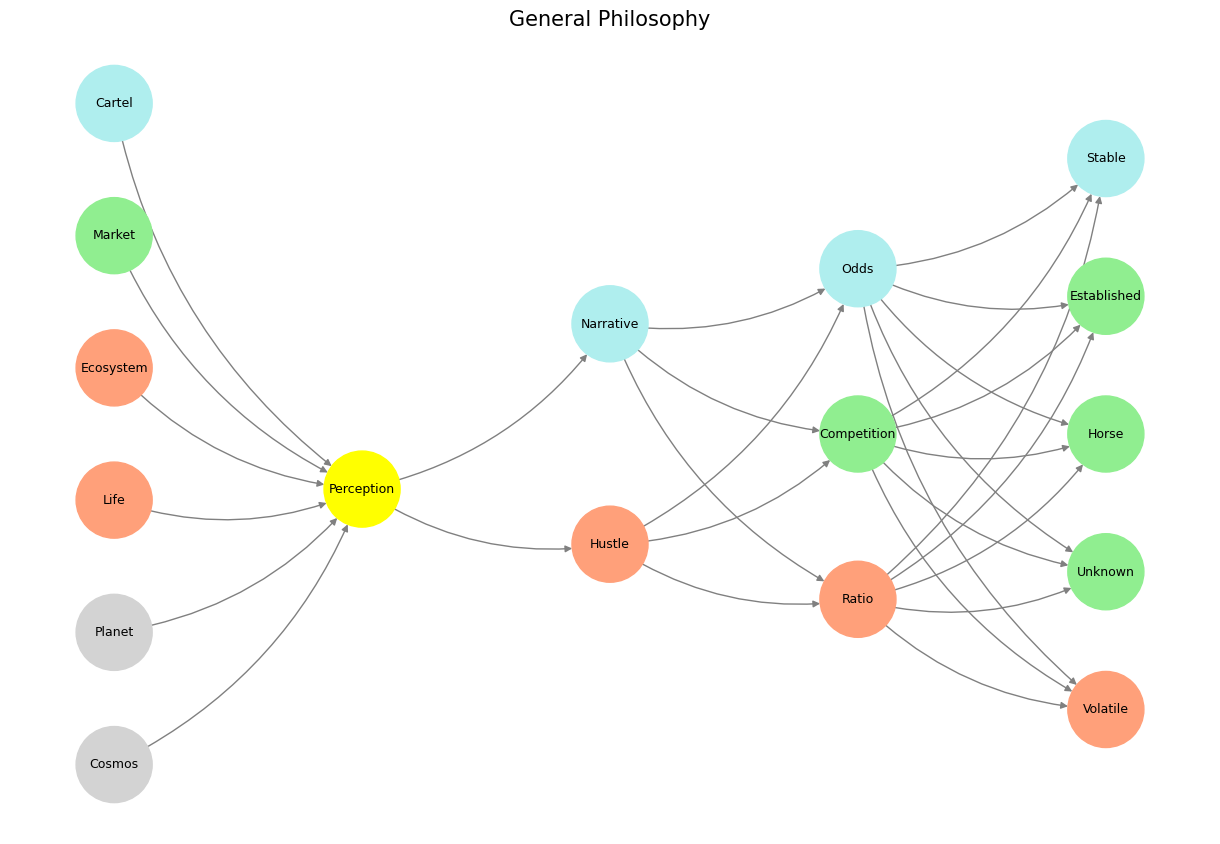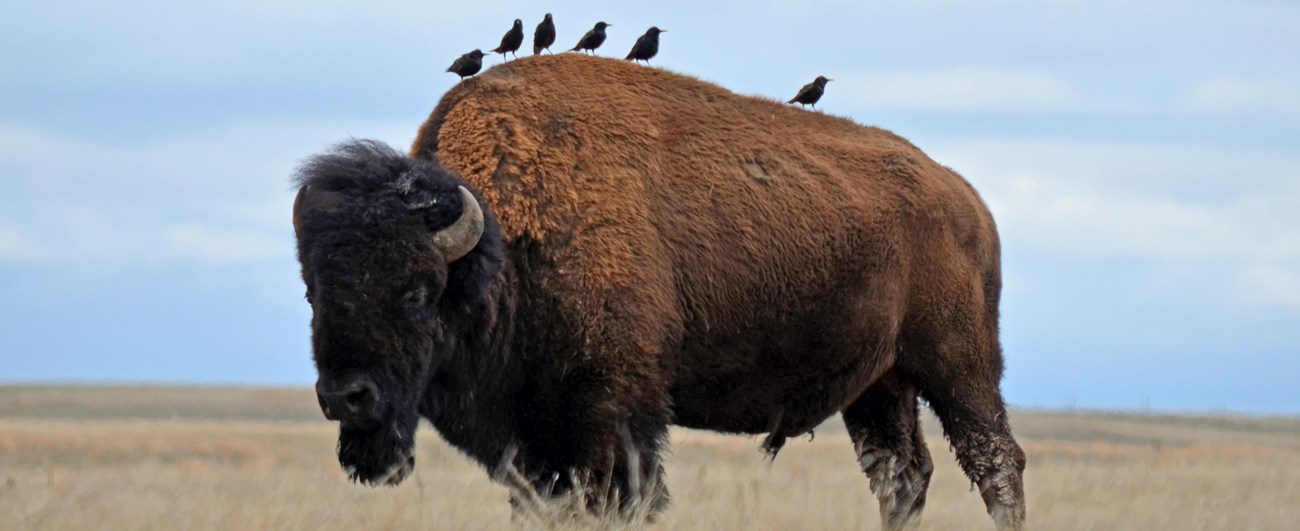Risk#
From the very beginning of time, the cosmos has been a theater of emergence. Within the vast expanse of its unfolding, planets materialized as discrete entities, coalescing from chaos into order. Among these countless spheres, life arose—a transformative phenomenon that animated matter and set it into dynamic motion. Life, however, did not emerge as a solitary process. It birthed ecosystems: intricate networks of interaction where survival depended on the relentless push and pull of forces. Within these ecosystems, the Red Queen dynamic emerged, an arms race of co-evolution where organisms evolved not merely to gain an advantage but to avoid falling behind. This perpetual race to adapt and outpace competitors became the engine of biological innovation.

Fig. 27 In Greek mythology, Prometheus, possibly meaning “forethought”, is one of the Titans and a god of fire. Prometheus is best known for defying the Olympian gods by taking fire from them and giving it to humanity in the form of technology, knowledge and, more generally, civilization. Very reasonable to question his ethics. But Prometheus is pretty much analogous to the Red Queen: the engine of all emergent stuff#
At the heart of these ecosystems lies a primordial marketplace, where nucleic acids and their downstream products engage in a biological economy of replication and survival. Over time, as the complexity of interactions deepened, this market gave rise to stratified systems of control—a natural cartelization of resources and influence. This tendency to consolidate, to create monopolies of power, became the default state, suppressing the dynamic churn of competition and creativity that had originally fueled evolution. The Red Queen dynamic, once a force of relentless progress, is constrained within these cartels, stripped of its potential to drive further innovation.
This sequence of emergence is not merely a historical phenomenon; it is fractal in nature, echoing across scales of existence. The grand layers of the cosmos mirror themselves in the ecosystems of Earth, in human societies, and even in individual lives. At the largest scale, the cosmos represents a system of creation, destruction, and transformation. Planets emerge as nodes of potential within this cosmic architecture, serving as platforms for life. Life operates as the dynamic engine of ecosystems, perpetually cycling through adaptation and evolution. These ecosystems, shaped by the Red Queen dynamic, develop marketplaces of exchange that eventually solidify into cartel-like structures. This fractal layering demonstrates how the patterns of emergence repeat, from the molecular to the cosmic, from the individual to the collective.
This philosophy of fractal emergence maps directly onto the layers of a neural network. The “World” layer encompasses the grand sweep of the cosmos, planets, life, ecosystems, markets, and cartels. It forms the foundational architecture of existence, with each node building upon the one before it. The “Perception” layer distills the singular experience of navigating this complexity—a vantage point only experienced by Life-forms (more recently perceptive AI too) from which the interplay of forces is interpreted. “Agency” emerges next, representing the capacity of an individual or system to act within this framework (this is the entire ecosystem including principal-agent-other), crafting a narrative and hustling to reshape the odds. “Generativity” follows, capturing the patterns of competition, ratios, and odds that define emergent strategies (this happens in the market place, town square, street, that massive combinatorial search space). Finally, “Physicality” grounds the entire structure in volatility, stability, and the ever-present tension between the known and the unknown (and this is the muscle of the cartel, optimizing its selfish interest at the expense of the rest of the ecosystem).
Yet, this fractal resonance does more than describe the cosmos; it offers a prescription for transcending stagnation. Cartels represent the endpoint of natural progression, the ossification of dynamism into rigid hierarchies. It is no wonder, then, that the great prophets have preached against them. Their wisdom points toward an optimization beyond control, one rooted in three fundamental pillars: the self, the neighbor, and the divine. The self must reject the comfort of dominance in favor of integrity and continual adaptation. The neighbor must be embraced as an equal in a shared ecosystem of humanity, where the Red Queen dynamic serves to elevate rather than suppress. And the divine—representing the ultimate node of emergence—must be revered not through attempts to control it but through awe, humility, and a recognition of its infinite potential.
By acknowledging the Red Queen dynamic as both a driver of progress and a force constrained by cartels, this philosophy bridges the natural and the human. The cosmos is not merely the stage upon which life unfolds; it is a model for understanding and optimizing existence at every level. To reject the stagnation of the cartel is to align with the forces of emergence, to embrace the perpetual adaptation of the Red Queen, and to honor the infinite interplay of competition, cooperation, and creativity that defines life itself. The prophets’ triadic wisdom—self, neighbor, and divine—offers a guide for liberating the Red Queen and unleashing the full potential of emergent systems. Through this liberation, humanity can fulfill its place as both a product of and a participant in the fractal cosmos.
Show code cell source
import numpy as np
import matplotlib.pyplot as plt
import networkx as nx
# Define the neural network structure
def define_layers():
return {
'World': ['Cosmos', 'Planet', 'Life', 'Ecosystem', 'Market', 'Cartel', ],
'Perception': ['Perception'],
'Agency': ['Hustle', 'Narrative'],
'Generativity': ['Ratio', 'Competition', 'Odds'],
'Physicality': ['Volatile', 'Unknown', 'Horse', 'Established', 'Stable']
}
# Assign colors to nodes
def assign_colors():
color_map = {
'yellow': ['Perception'],
'paleturquoise': ['Cartel', 'Narrative', 'Odds', 'Stable'],
'lightgreen': ['Market', 'Competition', 'Established', 'Horse', 'Unknown'],
'lightsalmon': [
'Life', 'Ecosystem', 'Hustle', # Ecosystem = Red Queen = Prometheus = Sacrifice
'Ratio', 'Volatile'
],
}
return {node: color for color, nodes in color_map.items() for node in nodes}
# Calculate positions for nodes
def calculate_positions(layer, x_offset):
y_positions = np.linspace(-len(layer) / 2, len(layer) / 2, len(layer))
return [(x_offset, y) for y in y_positions]
# Create and visualize the neural network graph
def visualize_nn():
layers = define_layers()
colors = assign_colors()
G = nx.DiGraph()
pos = {}
node_colors = []
# Add nodes and assign positions
for i, (layer_name, nodes) in enumerate(layers.items()):
positions = calculate_positions(nodes, x_offset=i * 2)
for node, position in zip(nodes, positions):
G.add_node(node, layer=layer_name)
pos[node] = position
node_colors.append(colors.get(node, 'lightgray')) # Default color fallback
# Add edges (automated for consecutive layers)
layer_names = list(layers.keys())
for i in range(len(layer_names) - 1):
source_layer, target_layer = layer_names[i], layer_names[i + 1]
for source in layers[source_layer]:
for target in layers[target_layer]:
G.add_edge(source, target)
# Draw the graph
plt.figure(figsize=(12, 8))
nx.draw(
G, pos, with_labels=True, node_color=node_colors, edge_color='gray',
node_size=3000, font_size=9, connectionstyle="arc3,rad=0.2"
)
plt.title("General Philosophy", fontsize=15)
plt.show()
# Run the visualization
visualize_nn()


Fig. 28 G1-G3: Ganglia & N1-N5 Nuclei. These are cranial nerve, dorsal-root (G1 & G2); basal ganglia, thalamus, hypothalamus (N1, N2, N3); and brain stem and cerebelum (N4 & N5).#

